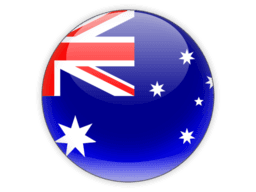
The Coral Sea Islands are a group of small uninhabited islands and reefs in the Coral Sea, off the northeast coast of Australia. The islands are located east of the Great Barrier Reef and north of the Solomon Islands. The Coral Sea Islands Territory is an external territory of Australia, which means it is administered by the Australian government.
The islands were discovered by Captain James Cook in 1770, and later became a stopping point for traders and whalers. In 1879, the islands were annexed by Britain and were administered as part of the Queensland Colony. In 1969, the islands were declared a territory of Australia and are now protected as part of the Great Barrier Reef Marine Park.
The Coral Sea Islands have no permanent population, but are visited by scientists and tourists who come to explore the coral reefs and underwater life. The islands are also a popular spot for scuba diving, fishing and snorkeling.
The territory consists of 24 small islands and reefs, with a total area of about 780,000 square meters. The largest of these islands is Willis Island, which is the only inhabited island in the territory. It is home to a weather station operated by the Australian Bureau of Meteorology.
The Coral Sea Islands are home to a diverse range of wildlife, including sea birds, turtles, sharks, dolphins and whales. The coral reefs surrounding the islands are home to a variety of fish, crustaceans, and other marine life, including many species that are unique to the area.
The Coral Sea Islands are a beautiful and unique part of Australia, and are an important part of the Great Barrier Reef ecosystem. They are protected by Australian law, and visitors are encouraged to enjoy the islands while respecting the fragile environment and the wildlife that call it home.
Mark Coral Sea Islands as Visited
Add Coral Sea Islands to your personal travel map and track your journey around the world. Share your adventures and see your progress grow!